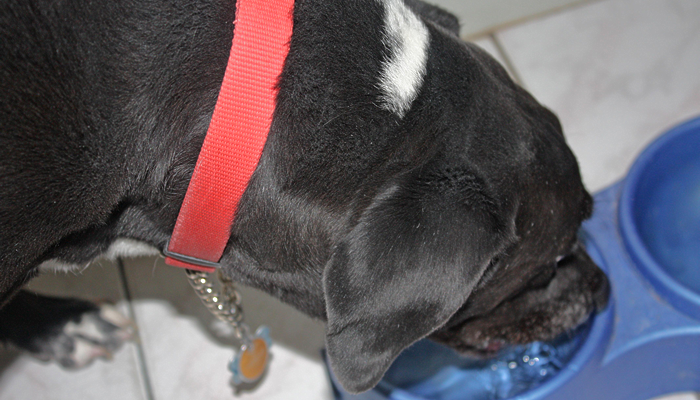We pride ourselves in the United States of being a nation where drinking water is safe for all. But more and more reports are being published regarding the presence of high contamination levels in the public drinking water supply. In some municipalities, metabolites of antidepressants are in measurable concentrations in the water. In other municipalities, heavy metals and other hazardous substances are an issue.
In Terre Haute Indiana, for example, numerous reports over the last decade find presence of chlorinated petrochemicals – potentially toxic by-products of pesticide and herbicide use. These petrochemicals can be carcinogenic.
In the Boston Massachusetts area, state and federal monies are being distributed to thousands of households to reduce lead contamination in the local drinking water supply. Lead has known effects on nerve function and mental health. These communities are not rare examples, instead, it is a common problem in public municipalities that there are many contaminants present in drinking water – these contaminants may accumulate in the body over time. Accumulation means that the contaminant is not removed from the body by natural processes. For example, lead concentrations may be low in one glass of water, but the body does not eliminate lead naturally; therefore, overtime, that lead will build up and may become toxic to the body.
There are even contaminants which humans intentionally add to the water, for example fluoride. Fluoride is used to prevent dental decay. However, fluoride works by external application to the teeth and oral cavity, not by oral ingestion. Fluoride is another chemical that is not naturally removed from the body. Instead, fluoride accumulates in the bone marrow. High concentrations of fluoride in the bone marrow is strongly linked to bone cancer. Bone cancer rates in dogs are increasing at alarming levels, more than would be expected simply due to population growth; fluoride in the drinking water may be the key.
What’s more, we do not know if water contaminants combine with other chemicals in the body, perhaps those in pet food, to form even more dangerous compounds than found individually.
Most people have performed the childhood experiment of mixing household bleach and vinegar-toxic chlorine gas is released in a vigorous reaction from that experiment. For all science knows, similar experimental reactions may be occurring in the bodies of our pets and ourselves when we combine contaminants from drinking water and food.
Essentially, our dogs and cats are being used as experimental vessels, unknowingly to both the pet owner and the pet. Only time will reveal the results. These real life experiments may explain exponential growth in cancer rates and metabolic disease on dogs and cats.
In the face of these alarming statistics, pet owners often wonder what is the best water to give their pets. The short answer is if the pet owner would not drink tapwater for themselves, it does not make sense to provide tap water to their dogs and cats.
Then the argument becomes what water is best: distilled water, reverse osmosis (RO) water, spring water, softened water, boiled water, ozonated or alkalinized water, or filtered water.
To make matters more confusing, there are arguments for and against each one of these water sources. The bottom line: if you wouldn’t drink the tap water, then don’t share it with your dog or cat.
Furthermore, one hopes that the public will be well served by the outcome of these in vivo experiments.

